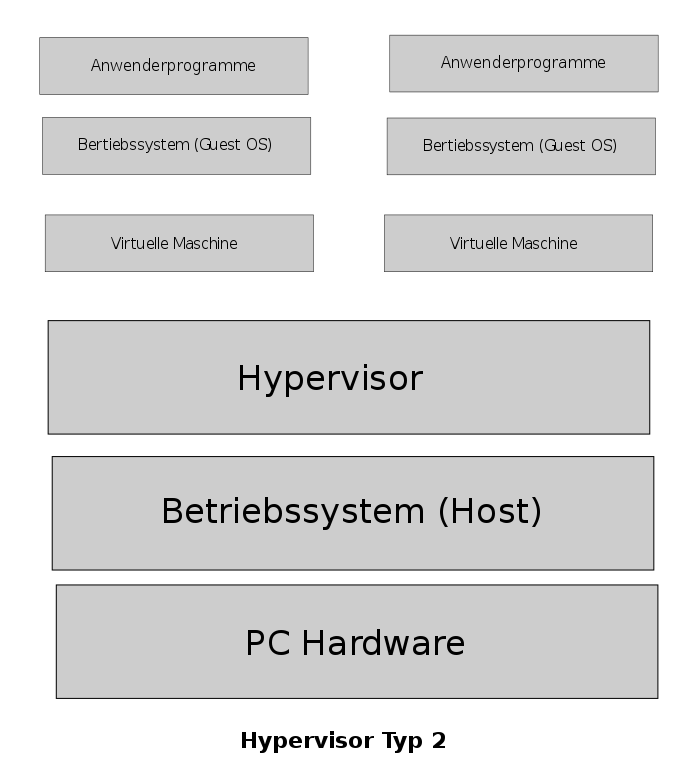
With Cloud Services, Azure handles all of the tedious Operating System details for you, so you can focus on what matters - building a quality application for your users.Ī Web Role is an Azure VM that is pre-configured as a web server (running IIS) and will automatically have your application loaded on it by the time the server fully spins up. Together, these two elements will spin up a combination of Web Roles and Worker Roles to execute your application. Platform as a Service - Azure Cloud ServicesĪn Azure Cloud Service consists of two components: your application files (source code, DLLs, etc.) and a configuration file. You can learn more about Azure IaaS here.
#Definition virtuelle maschine software
If you need a solution that requires custom third party software or multiple applications running on a single machine, then IaaS might be for you. This mode of operation will feel most like a typical on premises virtual machine where you remote desktop into the server to manage it instead of sitting down in front of a physical keyboard and mouse.

With an Azure VM, you are responsible for managing everything from the Operating System on up to the application you are running. In short, IaaS gives you a server in the cloud (virtual machine) that you have complete control over. I will start with IaaS since it is what people are most familiar with. Infrastructure as a Service - Azure Virtual Machines Let's take a side-by-side look at each offering compared to the traditional On Premises model.Ĭloud Paradigm Separation of Responsibilities Windows Azure's compute offerings fall into three main categories: Infrastructure as a Service (IaaS), Platform as a Service (PaaS), and Software as a Service (SaaS). But, as you'll see, Azure has so much more to offer, regardless of your project needs. They think that Azure "is just Virtual Machines sitting in a data center somewhere".

I know a lot of people who talk about getting started with Azure but don't know where to begin.


 0 kommentar(er)
0 kommentar(er)
